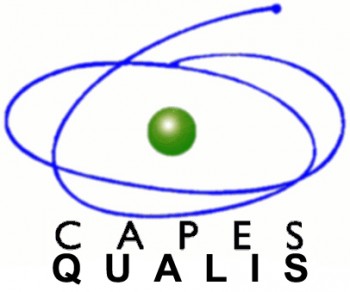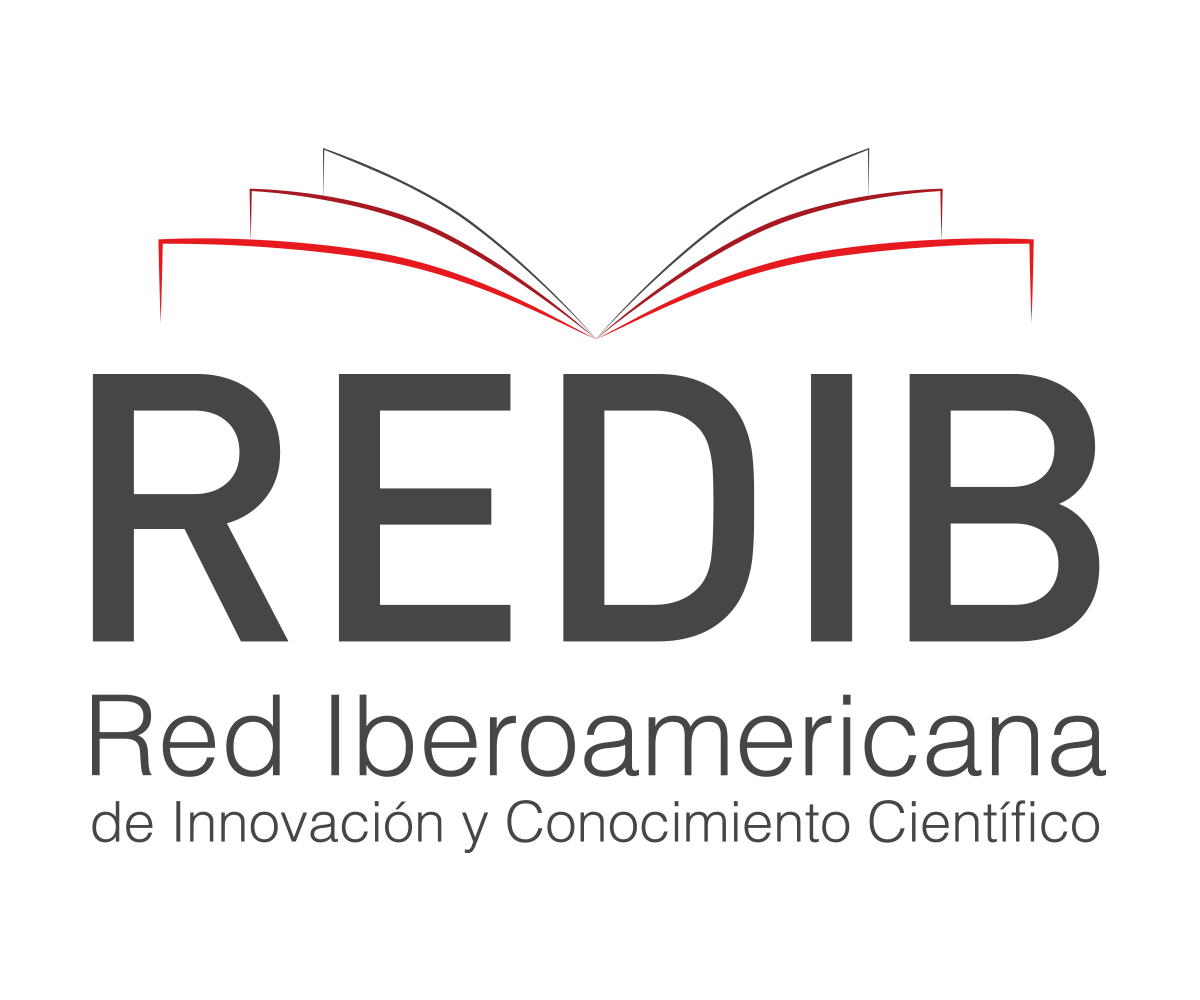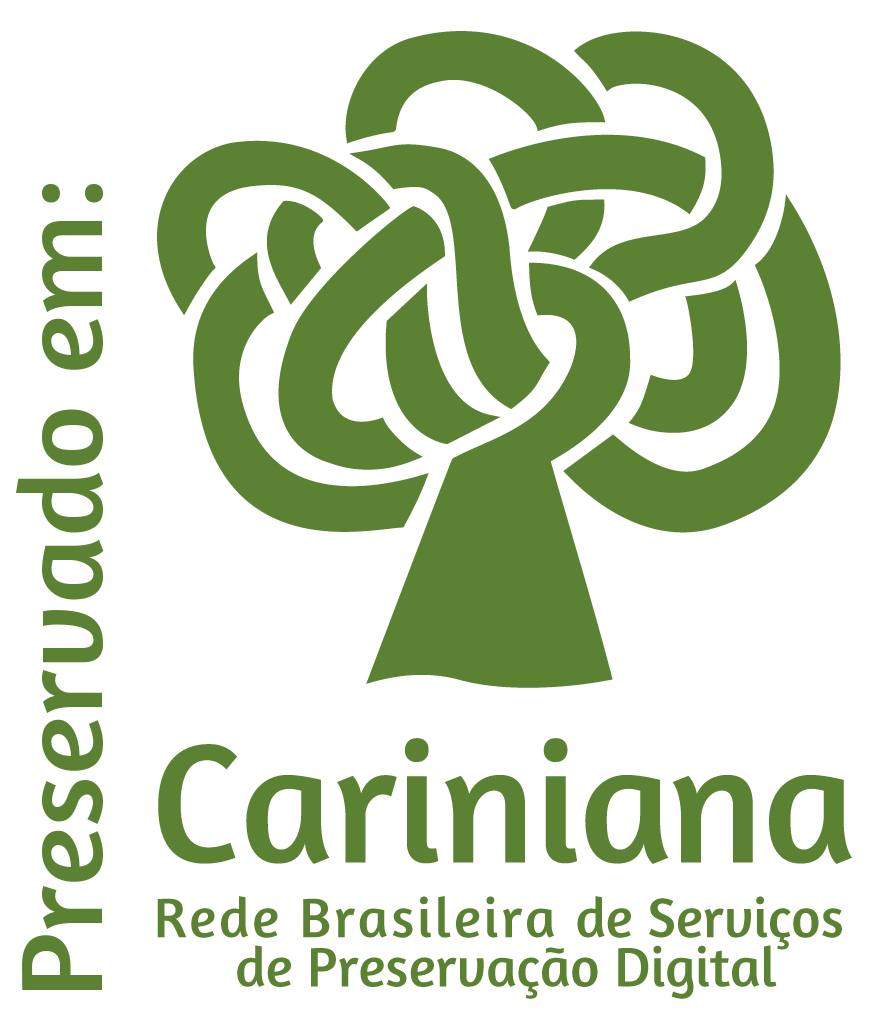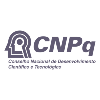Material Analysis of the vocabulary of the Guarani Language of 1722: A Jesuit-Guaraní print
DOI:
https://doi.org/10.5007/1518-2924.2020.e77700Keywords:
Guaraní Language Vocabulary , Ruiz de Montoya, Jesuit-Guarani Press, Material analysis, Mariano Moreno National Library , ArgentinaAbstract
Objective: It aims to undertake a material analysis of one of the forms born from the mythical Jesuit-Guarani press.
Method: It makes a material analysis of the bibliographic state of the copy of the Vocabulary of the Guaraní language of Ruiz de Montoya printed in 1722 in the Santa María la Mayor printing house, which is currently kept in the Mariano Moreno National Library in order to identify details that give us clues about possible editorial practices at that time.
Result: Taking into account what is presented in this work, what is already known about the economic, political and social structure of the Jesuit-Guaraní communities, about the political force that implied the presence of a printing press in those lands
Conclusions: It infers that the Jesuit-Guaraní traveling printing press was a school printing press and that its main cause of mobility lies in this fact, added to the impossibility of manufacturing other printing presses in each town.
Keywords: Guaraní Language Vocabulary - Ruiz de Montoya. Jesuit-Guarani Press. Material analysis. Mariano Moreno National Library – Argentina.
Downloads
References
BALMACEDA, Carlos. Origen de la imprenta argentina: introducción al estudio del incunable guaraní impreso en Loreto. 2004. Disponible en: http://www.cahip.org/origen_imprenta_argentina.pdf. Acesso en 10 jun. 2020.
FURLONG CARDIFF, Guillermo. Historia y bibliografía de las primeras imprentas rioplatenses 1700-1850. Buenos Aires: Editorial Guarania, Tomo I, 1953.
GARAY, Blas. El comunismo en las misiones jesuíticas. Buenos Aires: Punto de Encuentro, 2014.
GARONE GRAVIER, Marina. Breve introducción al estudio de la tipografía en el libro antiguo. México: Ambifa, Documentos básicos, 2009.
GASKEL, Philip. Nueva introducción a la bibliografía material. Gijón: TREA, 1998.
GIL, Fernando. Primeras doctrinas del nuevo mundo: estudio histórico-teológico de las obras de fray Juan de Zumárraga (1548). Buenos Aires: Ediciones de la Facultad de Teología de la Pontificia Universidad Católica de Buenos Aires, 1993.
KRUGER, René. La imprenta misionera jesuitico-guaraní y el primer libro rioplatense, Martirologio romano de 1700. Cuadernos de Teología, v. 29, 2010. Disponible en : https://go.gale.com/ps/anonymous?id=GALE%7CA252446875&sid=googleScholar&v=2.1&it=r&linkaccess=abs&issn=03266737&p=IFME&sw=w. Acesso en 10 jun. 2020.
MAEDER, Ernesto. El Martirologio Romano (2000). Hallazgo del primer libro impreso en elRío de la Plata. Comunicación del Dr. Ernesto J. A. Maeder leída en la sesión del 10 de octubre de 2000”. En: Boletín de la Academia Nacional de la Historia 72-73, 2004.
MAEDER, Ernesto. El Martirologio Romano. Encuentro de Geohistoria Regional, 20º, Resistencia, 2000.
MAEDER, Ernesto. El Martirologio Romano. Hallazgo del primer libro impreso en el Río de la Plata, Idéa Viva. Gaceta de Cultura 9, 2001.
MAEDER, Ernesto. Hallazgo en Bolivia del primer libro impreso en las Misiones Jesuíticas. En: Emprender en la Región. Revista de economía y negocios, Corrientes, Septiembre 2008, Año 2, Nº 35, p. 38, 2008.
MAEDER, Ernesto. Las fuentes de información sobre las misiones jesuíticas de guaraníes. En: Teología, n. 24, 1987.
MAEDER, Ernesto. Libros, bibliotecas, control de lecturas e imprentas rioplatenses en los siglos XVI al XVIII. Teología 40, 2001.
MARTÍN ABAD, Julián et al. La descripción de impresos antiguos: análisis y aplicación de la ISBD(A). Madrid: Arco/Libros, 2008.
MARTÍN ABAD, Julián. Los libros impresos antiguos. Valladolid: Universidad de Valladolid, 2004.
MITRE, Bartolomé. Orígenes de la imprenta argentina. Buenos Aires: En La Biblioteca, 1896.
PALAU Y DULCET, Antonio. Manual del Librero Hispanoamericano: bibliografía general española e hispanoamericana desde la invención de la imprenta hasta nuestros tiempos... 2.ed. Barcelona, 1951.
RUIZ MONTOYA, Antonio. El Vocabulario de la Lengua Guaraní. En Santa María la Mayor, top. 230081 (BNMM), 1722.
RUIZ MONTOYA, Antonio. El Vocabulario de la Lengua Guaraní. En Santa María la Mayor, topo. 14087R / 835-A (BNMM), 1722.
RUIZ MONTOYA, Antonio. El Vocabulario de la Lengua Guaraní. En Santa María la Mayor, n° BA722.R934v (JCB Library), 1722.
RUIZ MONTOYA, Antonio. El Vocabulario de la Lengua Guaraní. En Santa María la Mayor, n° C,003BIS,002, Livros Raros
Published
How to Cite
Issue
Section
License
Copyright (c) 2020 Analía Fernandez Rojo

This work is licensed under a Creative Commons Attribution 4.0 International License.
The author must guarantee that:
- there is full consensus among all the coauthors in approving the final version of the document and its submission for publication.
- the work is original, and when the work and/or words from other people were used, they were properly acknowledged.
Plagiarism in all of its forms constitutes an unethical publication behavior and is unacceptable. Encontros Bibli has the right to use software or any other method of plagiarism detection.
All manuscripts submitted to Encontros Bibli go through plagiarism and self-plagiarism identification. Plagiarism identified during the evaluation process will result in the filing of the submission. In case plagiarism is identified in a manuscript published in the journal, the Editor-in-Chief will conduct a preliminary investigation and, if necessary, will make a retraction.
This journal, following the recommendations of the Open Source movement, provides full open access to its content. By doing this, the authors keep all of their rights allowing Encontros Bibli to publish and make its articles available to the whole community.
Encontros Bibli content is licensed under a Creative Commons Attribution 4.0 International License.
Any user has the right to:
- Share - copy, download, print or redistribute the material in any medium or format.
- Adapt - remix, transform and build upon the material for any purpose, even commercially.
According to the following terms:
- Attribution - You must give appropriate credit, provide a link to the license, and indicate if changes were made. You may do so in any reasonable manner, but not in any way that suggests the licensor endorses you or your use.
- No additional restrictions - You may not apply legal terms or technological measures that legally restrict others from doing anything that the license permits.

























